6 Absolutely Incredible Tofu Recipes That Will Convince You You'll Never Need Another Kind Of Food
You won't be disappointed!
1. This, my friends, is the toastiest tofu recipe you'll ever taste:
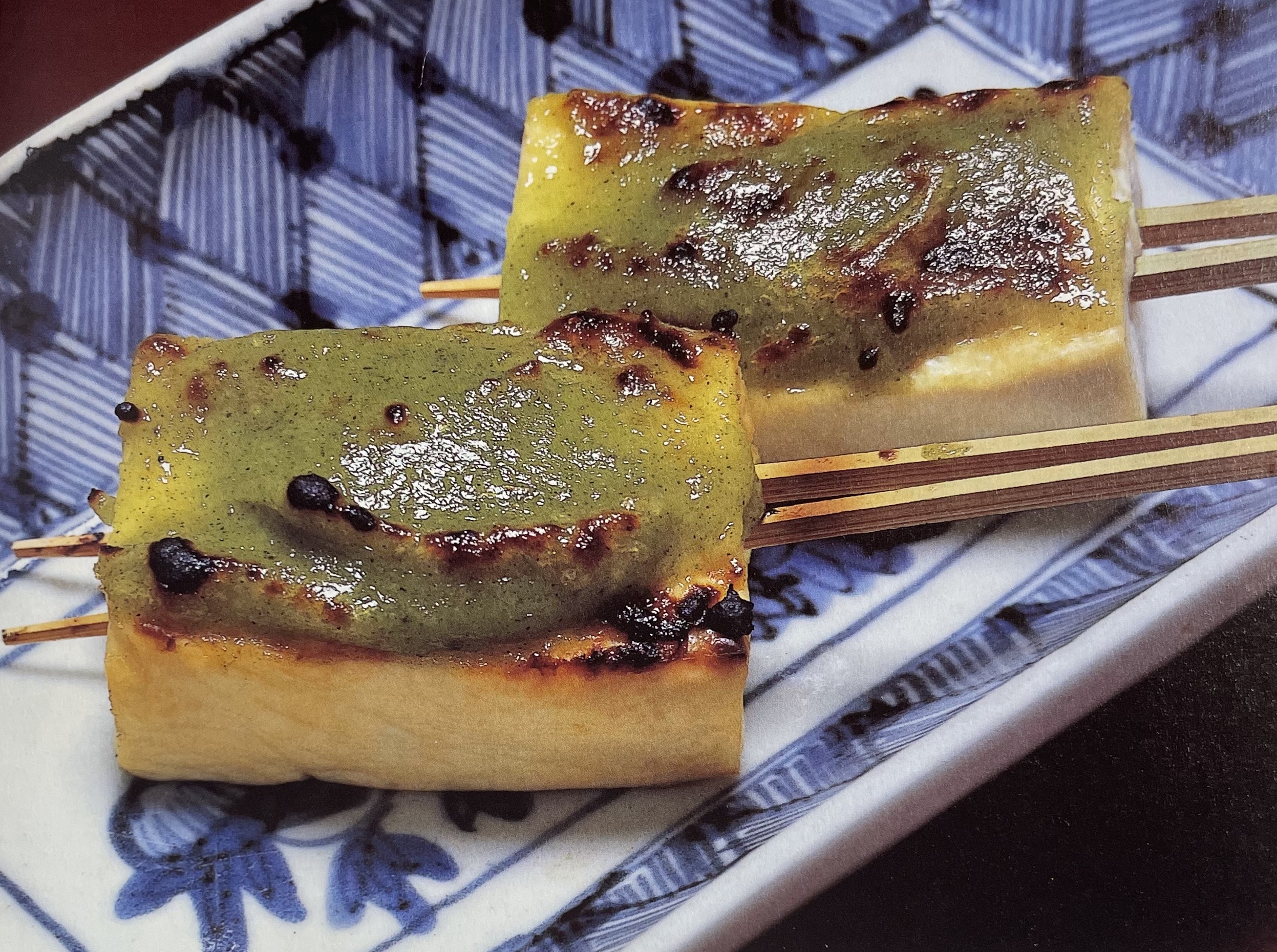
2. These elegant tofu noodles are perfect on a winter night:
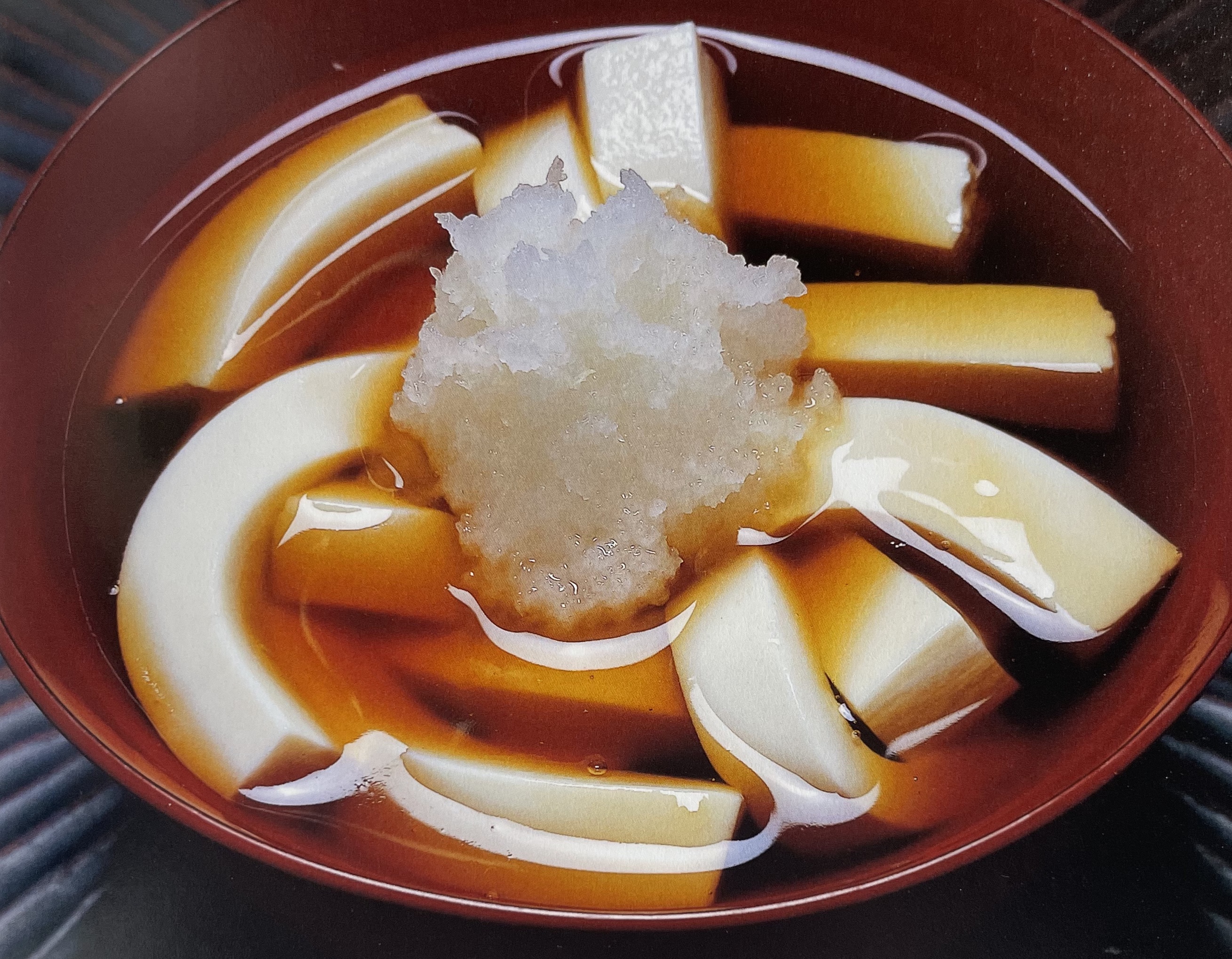
3. I like listicles just fine.
The listicle is an ok format. Sure you get a little spike of acute annoyance when you read a title like
18 Absolutely Incredible Jaw-Dropping Pictures That Left Me And My Little Tiny Brain Speechless This Past Week
because of the Way That It Is, but then the listicle itself is compelling.
There's not a listicle that's not compelling, right, they're designed to be interesting and… man, they kind of are interesting. I did look at the first aerial photo ever taken, and looked down on Boston as it was from a hot-air balloon in 1860, it was incredible, and me and my little tiny brain did appreciate it.
I am susceptible to a listicle, is what I am saying.
4. So was:

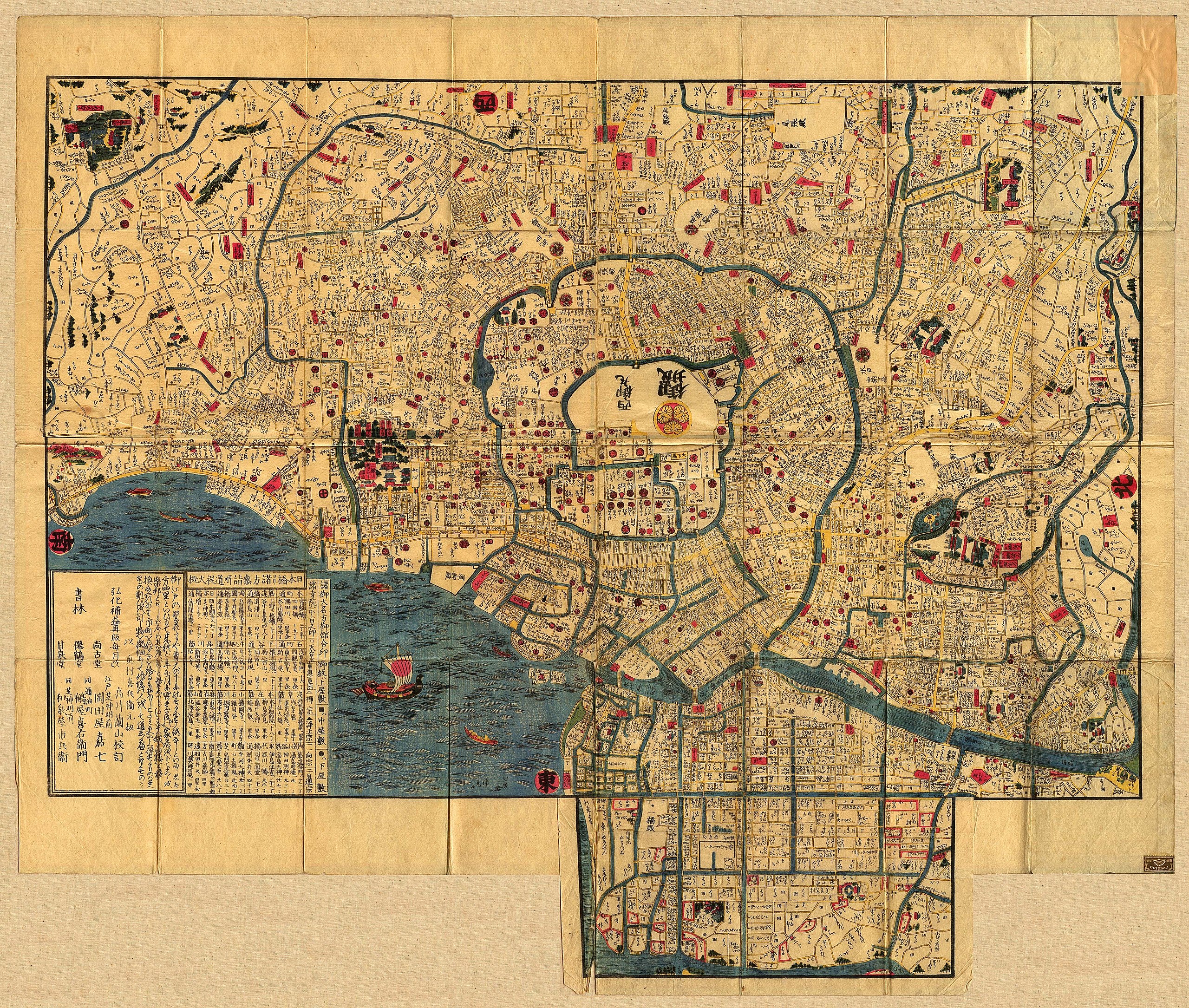
EDO JAPAN
Edo was enormous. An actual million people lived in Edo, at a time when Constantinople had 700,000 and London and Paris only 500,000 each.
For a hundred years, maybe more, it was the biggest city in the world.
It had people and it had printing. No doubt you've seen the woodblock prints that inspired Van Gogh; works from Shuraku and Hiroshige and Hokusai that are pinnacles of enduring art. But it had shitty printing too! Newspapers and short-run pamphlets and picture books and calendars and postcards.
Edo had popular media.
5. Media inevitably memes.
I can't say anything about how we got here. We developed popular media—I'm here on the Internet, talking to you, and Edo developed print distribution—and immediately we got memes.
I have no idea how they happen. Annoying people like the guy who coined "meme" love biological metaphors, and so my metaphor is abiogenesis. This stuff just appears.
Here's an example: tier lists.
I love a tier list. My favorite tier list is the ranking of Super Smash Bros. characters by how many teeth they have. I make tier lists with my friends; best fruits, worst vegetables. You can scuffle about cucumbers (S-tier; that is, above even an "A" grade) and durian (also S-tier. Haters can DIE). It's fun. In every case, "rank your favorite X" is a cute, social question. You can squabble amiably with your friends, you can tease them about their choices.
Edo knew this too! As surely as barnacles give birth to geese, print media in Edo immediately went meme-ward.
They made tier lists for everything! But our universal classroom A-to-F letter grades (plus the ultra-excellent "S RANK", from 秀[Shu], from Edo's 300-year legacy) weren't used quite yet.
Instead, it was Sumo rankings.
Sumo ranks are displayed in a chart, called banzuke. Here's a real one (inevitably featuring Hakuho in the East-Yokozuna rank; a guy that can only be compared to Wayne Gretzky in terms of being so good he ruins everyone else's chance at the sport). Roughly, banzuke are ranked top-to-bottom in tiers, and within each of the tiers split vertically between equal-ish East (usually better) and West; and within each region right-to-left. You don't need to remember that.
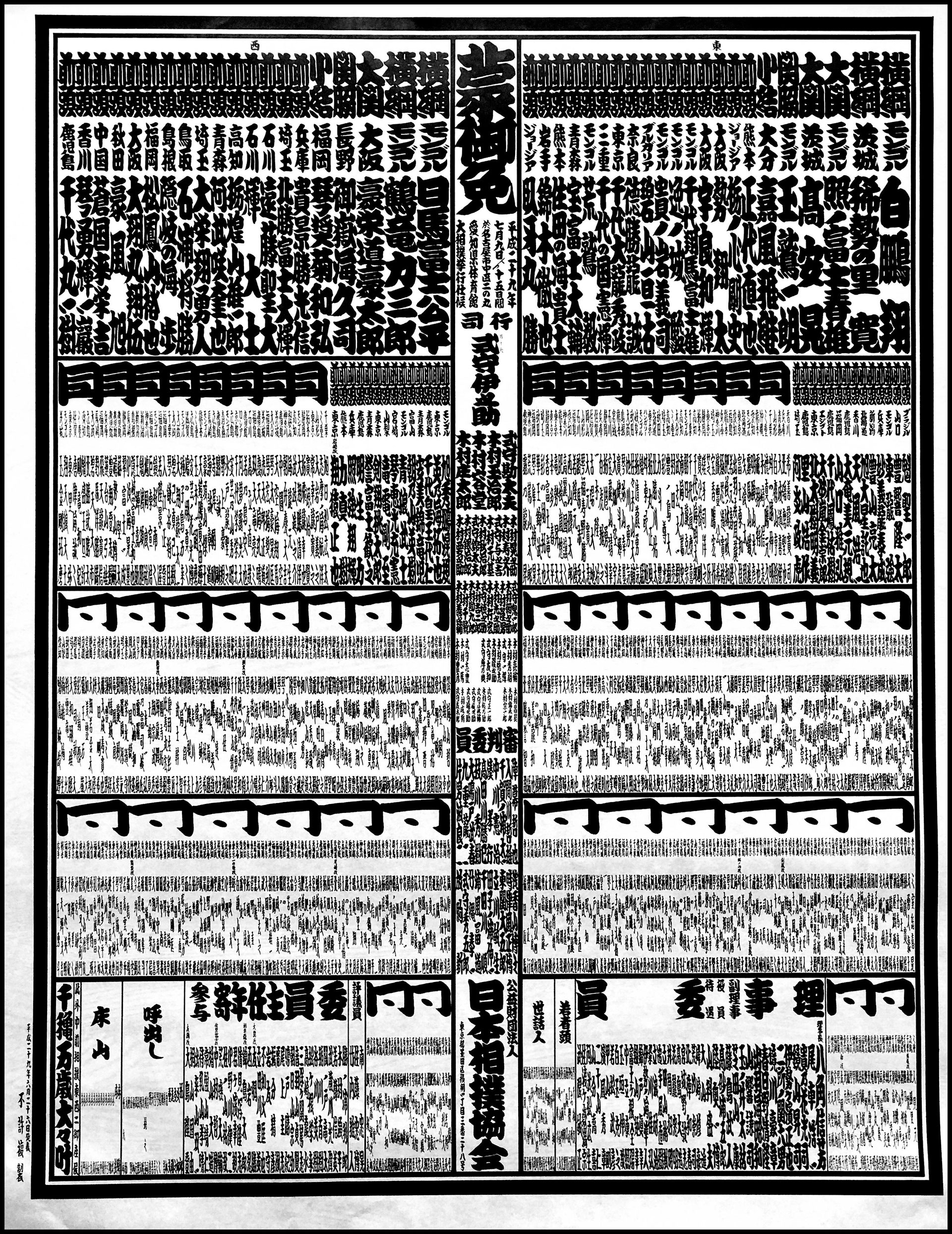
These ranks can be repurposed for anything. They had rankings of sumo wrestlers in Edo, of course, but they also had rankings of: who are the richest people? Here are the richest people:
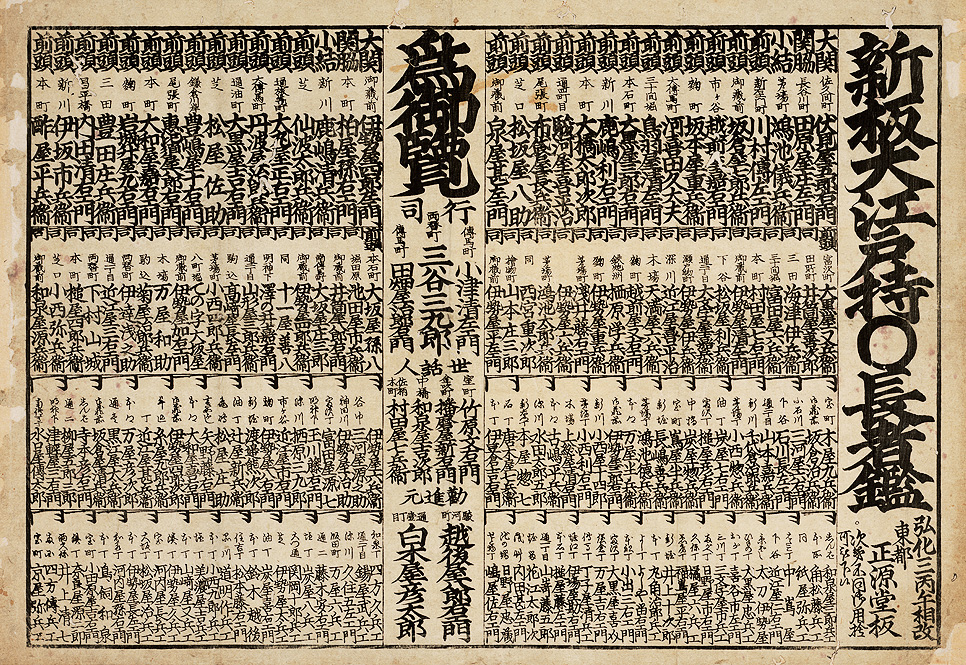
And you know they had food media. They had restaurant reviews, of course, but in particular they had restaurant tier lists. These are the best eel kabayaki restaurants (a kind of shop so delicious it still exists today) that there were in Edo:
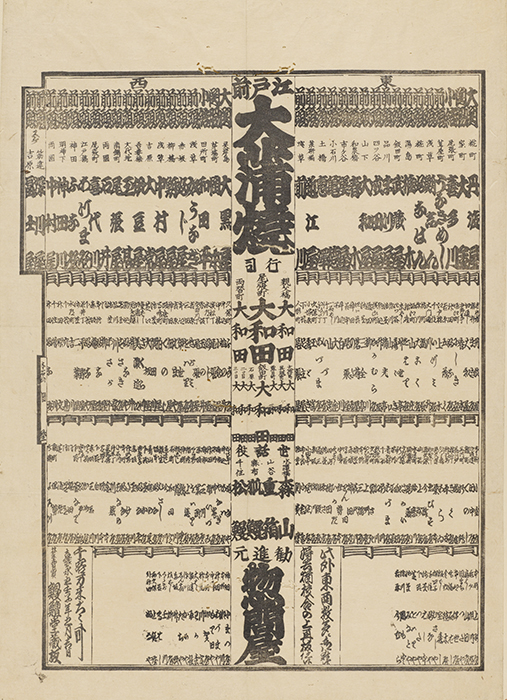
But tier lists, banzuke or not, are only one kind of meme. You've guessed the other kind of meme by this point, I'm sure.
Edo had listicles.
6. Listicles forever.
In 1782, just some guy—an engraver named Sodani Gakusen, probably—wrote a listicle about good ways to eat tofu. It was called 豆腐百珍, The 100 Finest Tofu Dishes. It was divided into six categories, as a listicle should be: home recipes, common recipes, choice recipes, curiosities, elegant recipes, and masterpiece recipes. Borges, a listicle-writer of all time, would have loved it.
It was A Hit.
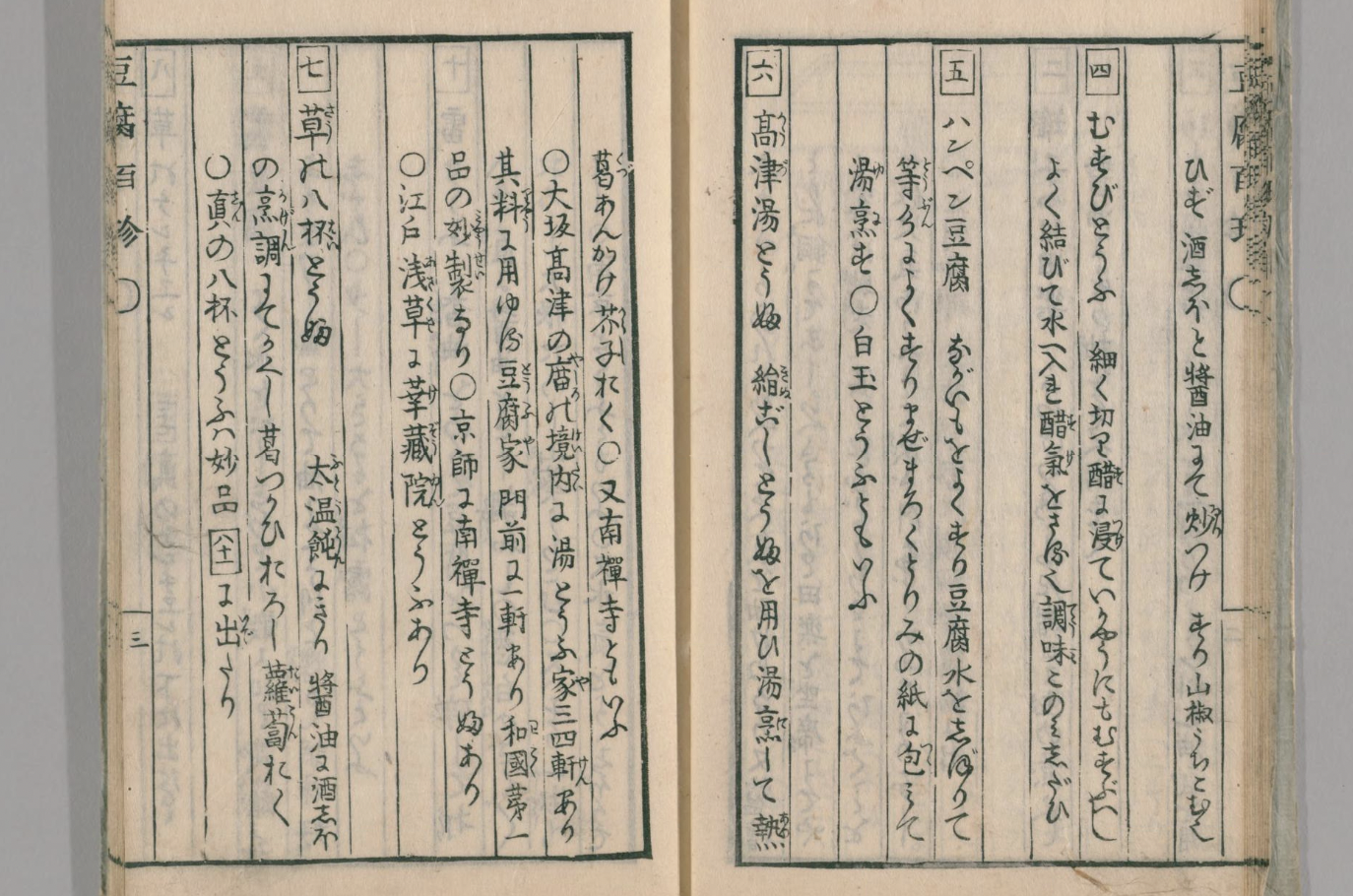
This listicle was so popular it catalyzed a universe of listicles. It was followed by the 100 Best Sea Bream Recipes, the 100 Finest Sweet Potato Recipes, and two more volumes (for a total of 300 recipes!!) of tofu. And those are just the food ones that got famous; there was an entire media phenomenon of Lists.
Unfortunately, no recipes from The 100 Finest Tofu Dishes appear on the Food Network's 32 Tofu Recipes Even Picky Eaters Will Devour, though mapo tofu did hit Yokohama a scant two centuries later. Also don't click the link unless you would like to see the state of tofu recipes in the US: do you want to see Tofu Parmesan Sub? You may not want to see Tofu Parmesan Sub. I was not so happy with Tofu Parmesan Sub.
A sketch of the original 100 recipes is kept by the Toyama Prefecture Tofu Chamber of Commerce and Industry, which seems to be run in fact by the Toyama Department of Agriculture, the sneaks. The original text is kept in the National Diet Library, and even kept online! Unfortunately, Edo-era Japanese is hard to read, and modern public translations have supermarket-ized the recipes, subbing common ingredients for the originals and omitting the folksy common-sense advice of the original.
Here's the first recipe of The 100 Finest Tofu Dishes, translated in full from the original. It's only a Household-level recipe, but these days you'll still find it in fine restaurants that look back on buddhist cuisine.
Sansho Dengaku-miso Fill a basin with hot water, and drop in tofu. Skewer the tofu in the water to avoid splitting even the softest tofu. Take out the skewered tofu and grill immediately. Of course, grind sansho (mountain pepper) leaves into miso. It's best to mix thick undiluted amazake with the miso. If you add too much amazake, it will get too sweet.
For an even finer recipe—one of the top Masterpiece recipes, one ranked Ozeki in a contemporary tier list—a Japanese inn has recorded their preparation of eight-cups tofu. The eight cups are: six of water, one of sake, and one of soy.
That's two recipes total; I promised six, didn't I. Here are four more. There's a reason that The 100 Finest Tofu Dishes was popular: the recipes are all good actually. Here are a few recipes to try. If you need more detail, please write in on twit or tumblr!
- Recipe 28/100: Deep-fried Tofu. This is called Tofu Abura-age, and is the base for the delicious Kitsune Udon and Inari-sushi, which I've bet you, in the modern day, have tried. It is ten thousand times better when made fresh with fresh tofu. Take a thin slice of firm tofu and fry it. It Is Good!
- Recipe 90/100: Shrimp Tofu. Grind or mash fresh firm tofu into small pieces. Add diced cleaned small shrimp, like bay shrimp. Add minced scallion greens, drained grated daikon, ground real wasabi, ground sansho berries, and stir-fry in hot oil. Season with soy sauce and salt. [My addition: add some sake in with the soy sauce; stir fry in a very hot wok].
- Recipe 61/100: Straw-raincoat Dengaku: Dengaku is the most common category of recipe in the book. Dengaku, charcoal-grilled skewered tofu, is OLD-old cuisine: it's from the 1500s if not earlier. It's festival food! The name, den-gaku, transliterates to "field enjoyment" which really means the festivals that happened with rice planting. (But like all folk entertainment those celebrations were modified by authority into performances, and re-modified by faith into observances, and re-re-modified by art into… listen, you can read the wiki article too if you want). Tofu Dengaku is the food you ate at those occasions. This recipe is a great dengaku variation: grilled tofu topped with mild dengaku miso (country miso, like barley miso, usually softened with amazake and spiced with sansho mountain pepper), charred a little, and topped with thinly-shaved dried katsuo tuna flakes.
- Recipe 47/100: Yam-topped tofu. Make a paste of ground mountain yam, a little egg white, and dashi broth. Top silken tofu with the mixture. Garnish with aonori seaweed.